Hypoparathyroidism
Your GP or Endocrinologist may also check: What do I need to know about my medication? Hypoparathyroidism The aim of treatment is to abolish symptoms – not to restore ‘normal’ calcium levels in the blood. In the absence of PTH, higher levels of calcium are found in the urine for a given blood calcium level. When hypoparathyroidism occurs as a complication This can caus






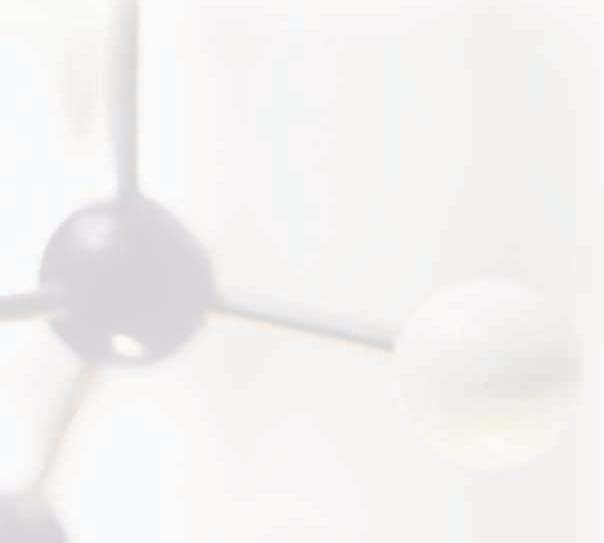





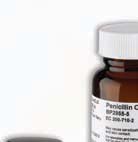
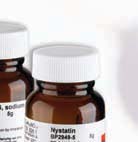
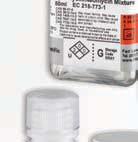

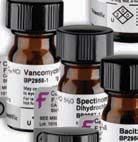

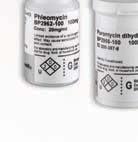
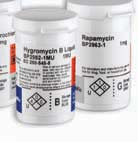

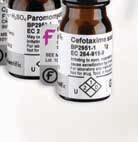 Fisher BioReagents® Antibiotics
Fisher BioReagents® Antibiotics
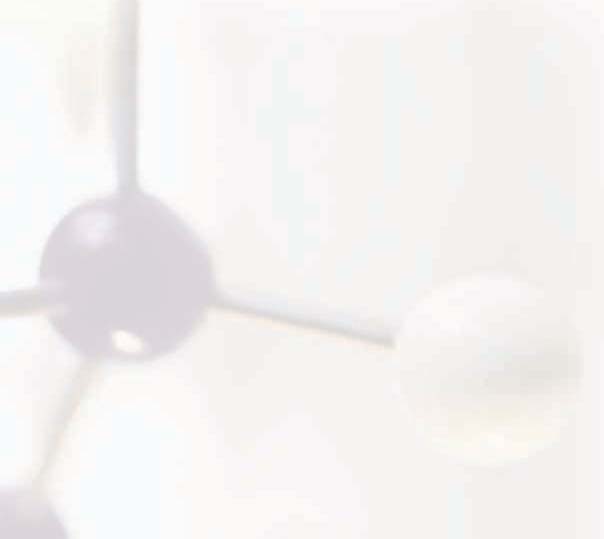

 Table 2. Selective antibiotics used in transformation studies
Table 2. Selective antibiotics used in transformation studies